Jewellery Making - What Do You Need to Buy to Make Jewellery?
Published date: 09 July 2023
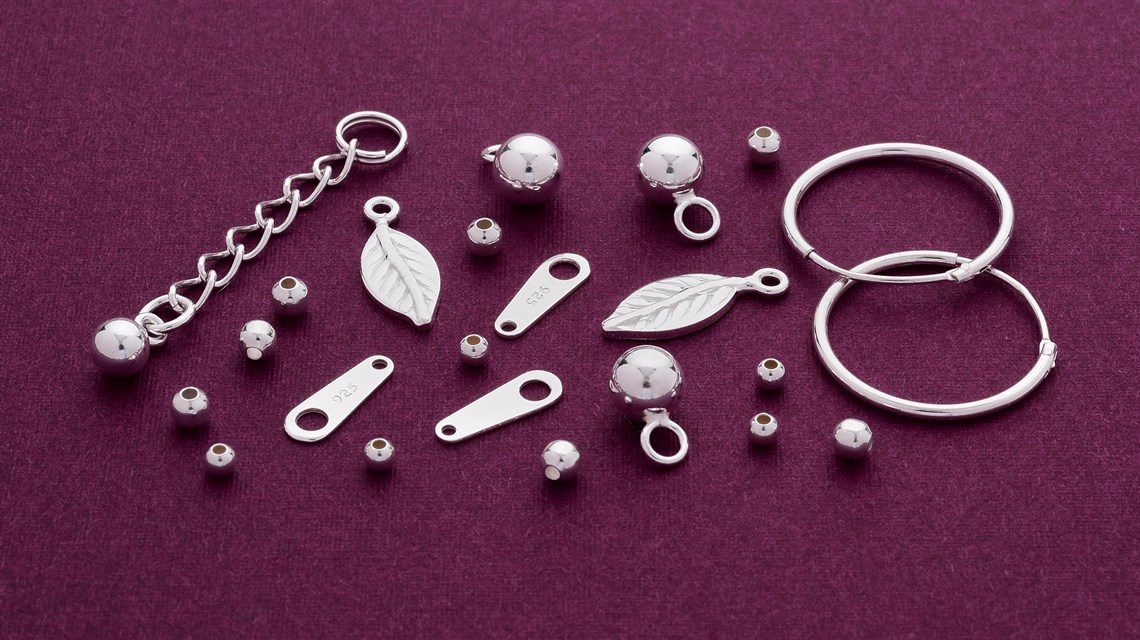
We take your security very seriously and have put in place a number of measures that reduce the risk of the website being maliciously attacked. This means that sometimes content on our site will timeout.
Please try to complete the action again.
Please do not click back on your browser as this may cause further issues.
Published date: 09 July 2023

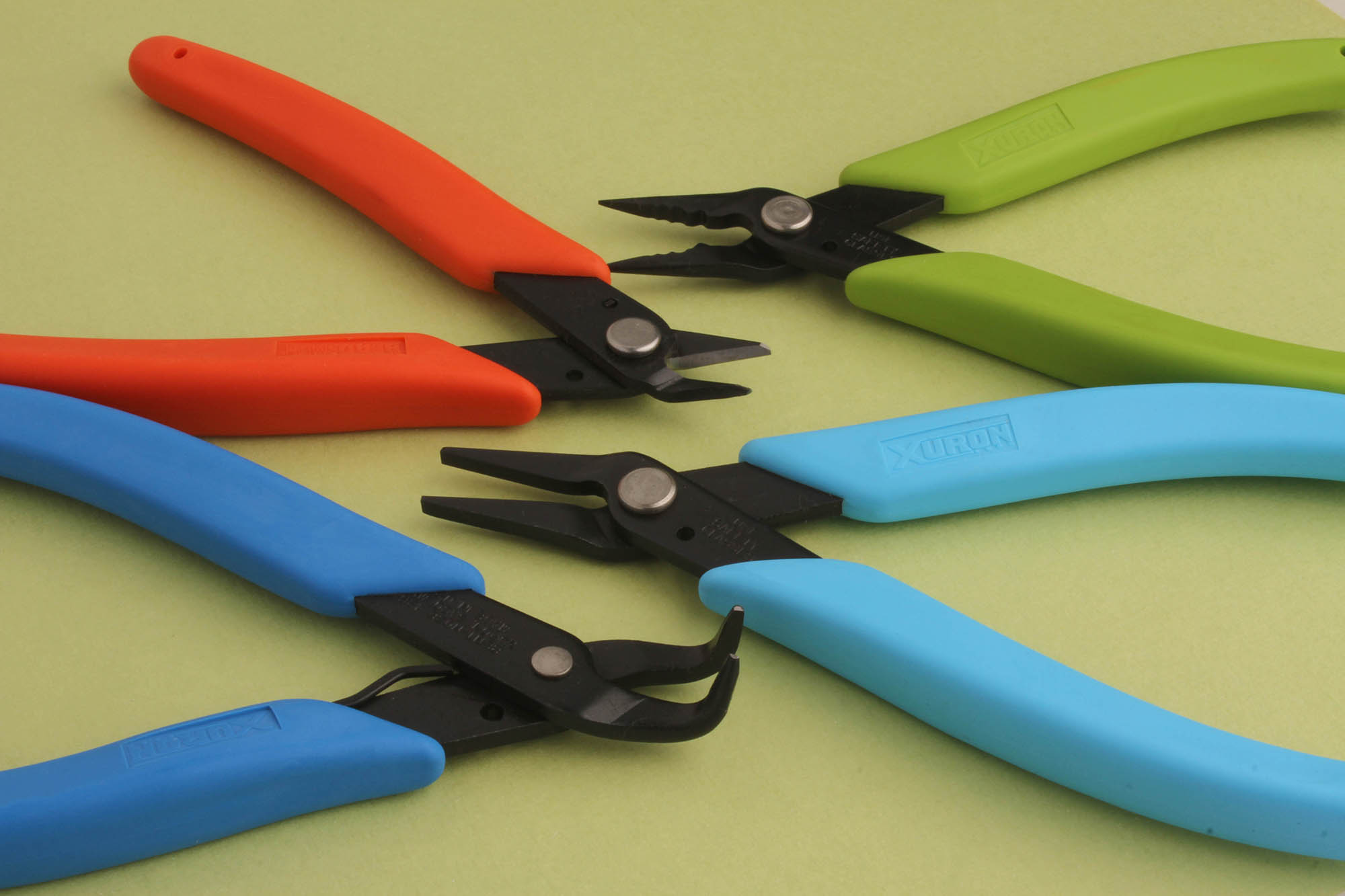
To bring your jewellery making ideas to life, it's crucial to have the right tools at your disposal. Here are some essential tools for any jewellery maker
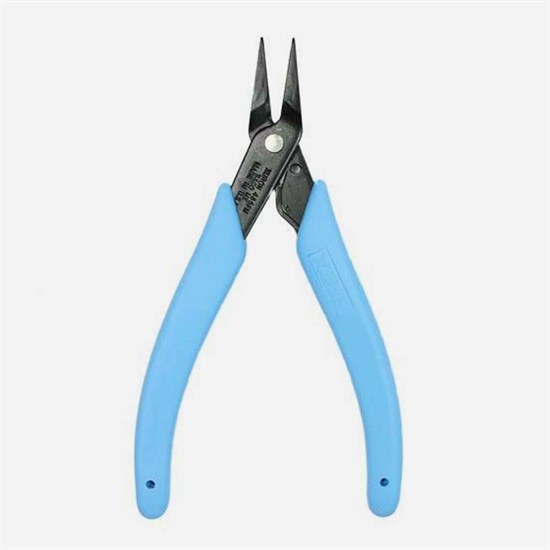
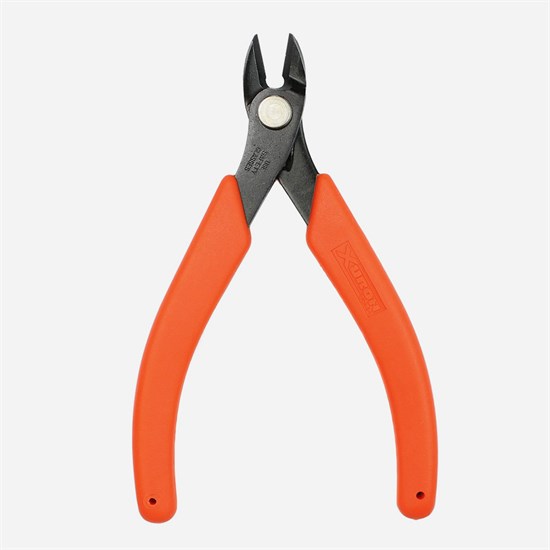
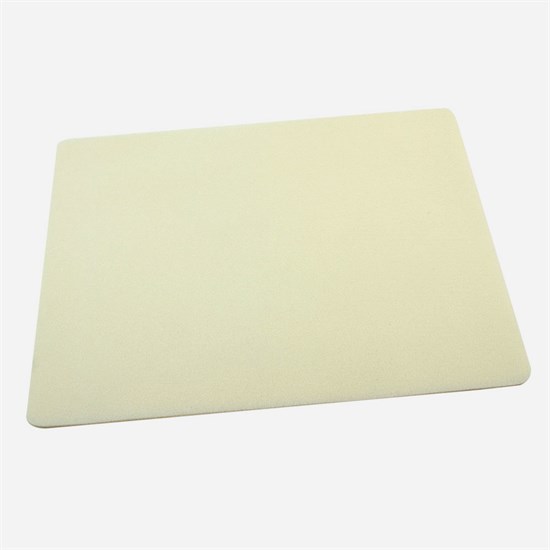
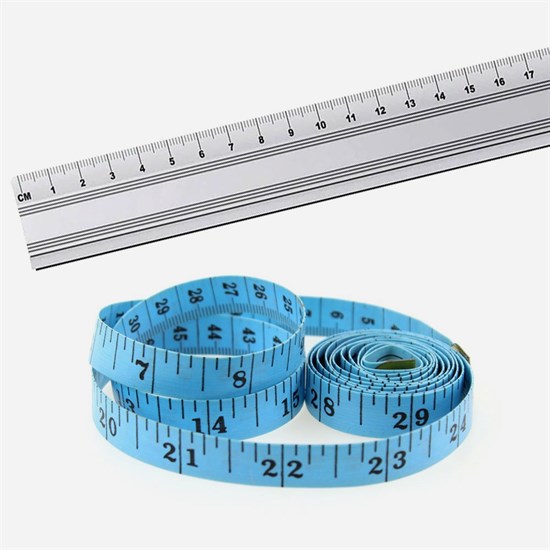
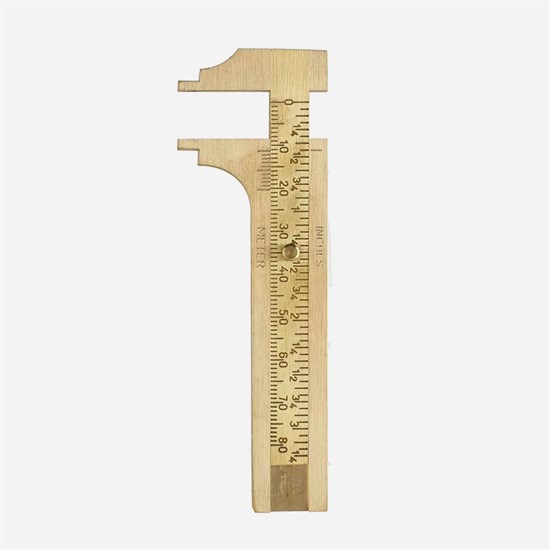
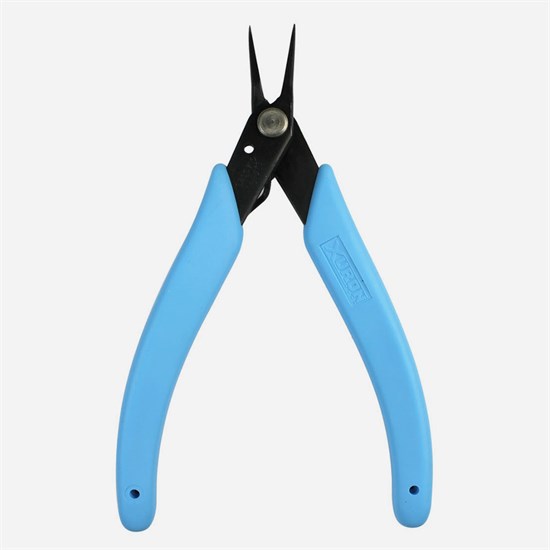
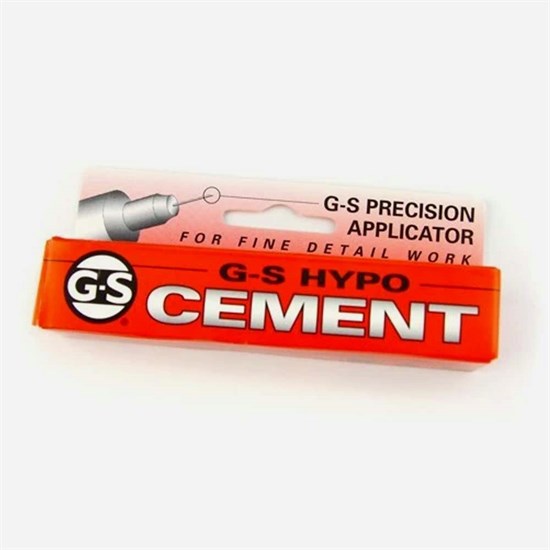
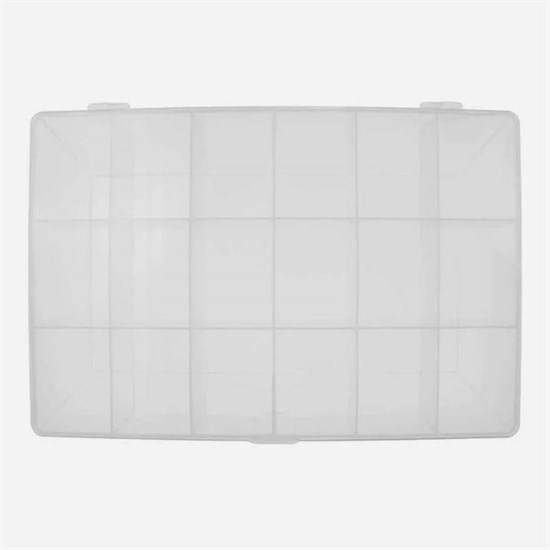
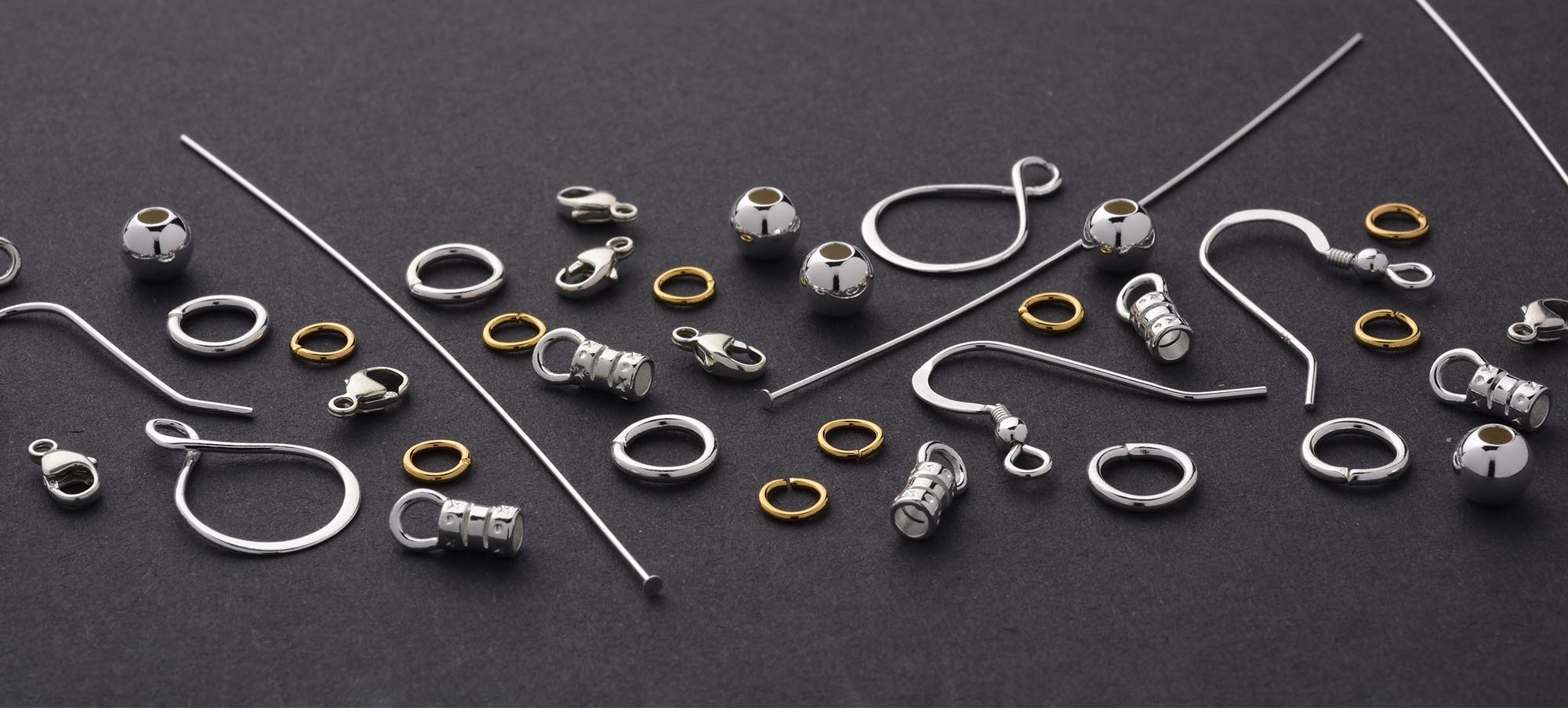
Jump rings, small metal rings with a cut that allows them to open and close, serve as connectors in jewellery making. They are essential for attaching clasps, charms, pendants, and other components to chains or beaded strands. They are also available as a solid ring and are usually called 'closed' or 'soldered'.
Lobster clasps, known for their secure closure, are commonly used as fasteners to ensure the jewellery stays securely in place. But an array of different clasps are available, including toggle bars, bolt rings, magnetic clasps, and more.
Ear wires are essential for creating earrings, providing the hook or loop that allows the jewellery to hang from the earlobe. Headpins and eye pins are thin metal wires with a flat or looped end used for creating dangles, drops, or connections in earrings, necklaces, and bracelets.
Crimp beads, small metal beads that can be flattened using specialised crimping pliers, are used for securing the ends of beading wire or cord, ensuring a secure and professional finish.
Bails are used to attach pendants or charms to necklaces or bracelets. They come in various shapes and sizes, providing a stylish and secure way to showcase focal pieces. Spacer beads, as the name suggests, are used to create spacing between other beads, adding visual interest and allowing the jewellery design to breathe.
Lastly, chain is a versatile component that can be used as a standalone element, a connector, or an extension in various jewellery designs. It comes in different styles, sizes, and finishes, allowing you to explore different textures and looks.
When selecting findings and components, it is crucial to consider the chosen design and material of the jewellery. Findings should harmonise with the overall aesthetic and complement the beads or gemstones used. Experimenting with different finishes, such as silver, gold, or rose gold, can add variety and a personal touch to your pieces.
Exploring the wide range of sizes and styles available allows you to create custom jewellery that perfectly matches your vision. It is advisable to have a variety of findings in your collection to provide flexibility and accommodate different design ideas. Jewellery findings and components serve as the backbone of jewellery construction, providing the necessary connections, closures, and accents. By selecting findings that align with your design concept and materials, you can achieve a cohesive and visually pleasing result.
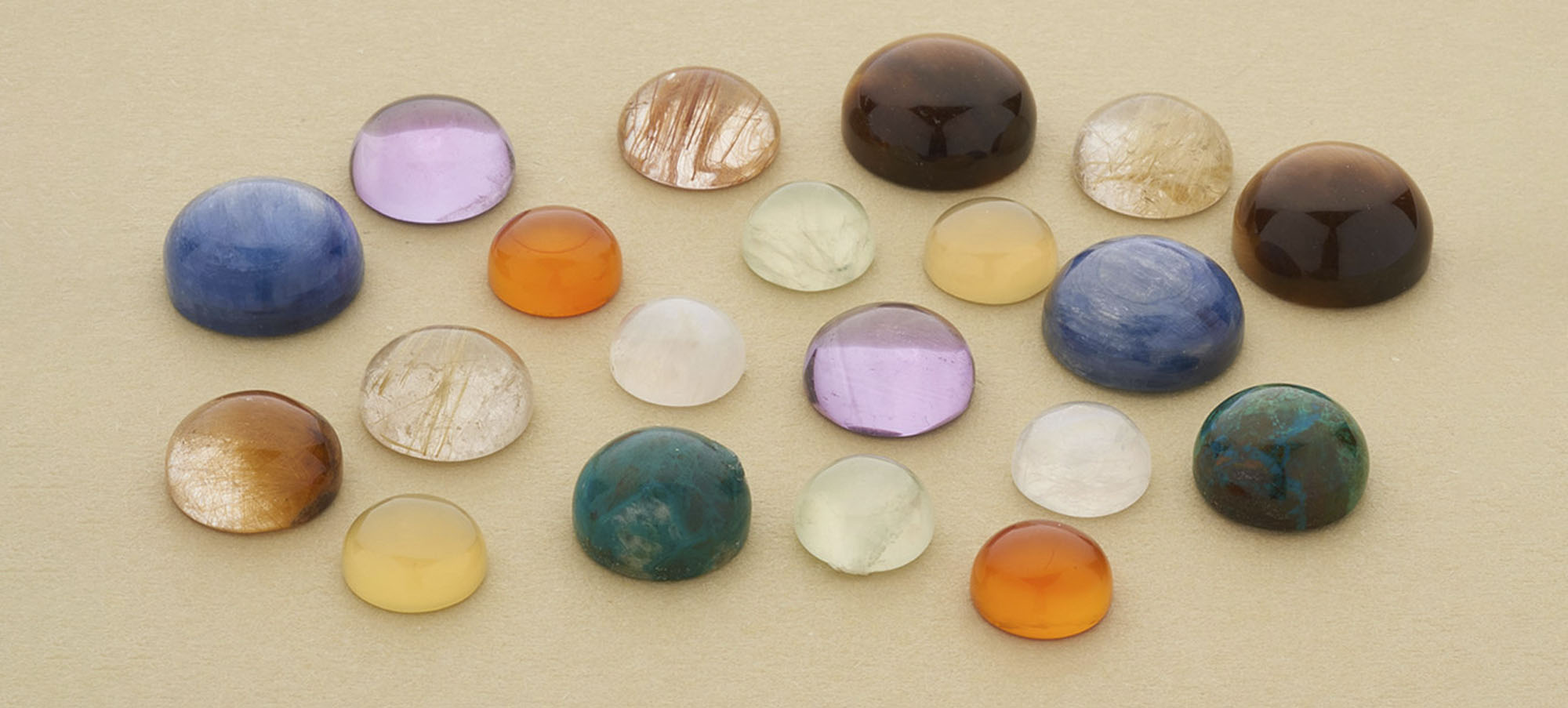
Glass beads are a popular choice, offering a wide range of colours, shapes, and finishes. From intricate lampwork beads to delicate pressed glass beads, they provide endless possibilities for adding vibrancy and texture to your designs. Seed beads, known for their tiny size, are perfect for intricate beadwork and embroidery, allowing you to create detailed patterns and designs.
Gemstone beads are coveted for their natural beauty and unique characteristics and have been enjoying a resurgence in popularity as the meaning and style they bring to jewellery can't be rivalled. From the captivating hues of amethyst and turquoise to the timeless elegance of pearls, These beads add a touch of luxury and sophistication to any piece of jewellery.
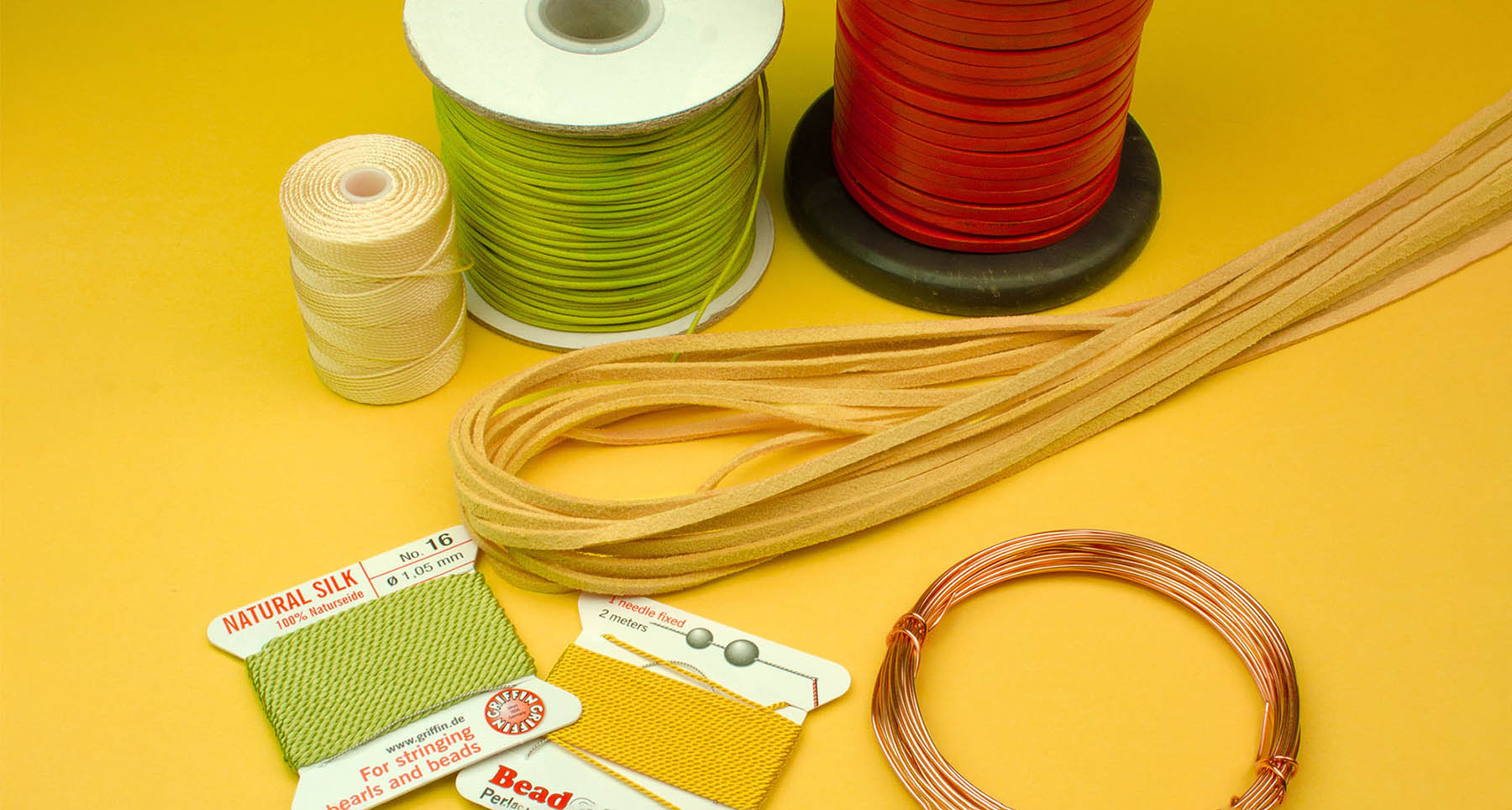
Beading Wire: Beading wire, typically made of stainless Steel, or nylon-coated stainless steel, is a popular choice for stringing beads. It offers strength and flexibility, ensuring that your jewellery withstands regular wear. Beading wire is ideal for creating necklaces and bracelets with heavier beads or gemstones. Different gauges and strand numbers exist, which affect the bead hole size you can use and the resistance to kinking. You will also need crimps to work with beading wire.
Beading Thread: Beading thread, such as nylon or polyester, is thin and flexible, making it perfect for creating intricate beadwork and stitching. It allows for precise bead placement and is often used in weaving techniques like peyote stitch or bead embroidery. However, beading thread may not be as durable as other options, particularly when used with heavier beads or subjected to regular tension.
Stretch Cord: Stretch cord, typically made of elastic material, is excellent for creating stretch bracelets that easily slip on and off the wrist. It provides comfort and flexibility, accommodating different wrist sizes. Stretch cord is commonly used with beads that have larger holes, making it ideal for beaded stretch bracelets. These tie with simple knotting and can be glued for For extra security, the knot can usually be hidden in a wide holed bead, such as a metal bead to give a seamless finish.
Leather Cord: Leather cord adds a natural and rustic touch to jewellery designs. It is sturdy and suitable for creating necklaces and bracelets with larger beads or pendants Leather cord offers versatility. allowing for various knotting techniques and adjustable lengths. However, it may require additional care to maintain its condition, as exposure to moisture or excessive wear can impact its longevity. Special cord ends can be used so these can be fastened with clasps.
Silk Cord: Silk cord is known for its luxurious feel and appearance, is commonly used for stringing pearls and delicate beads. It adds an elegant touch to necklaces and bracelets Silk cord offers excellent drape and is ideal for designs that require a softer, more delicate look. However, it may not be as durable as other materials and may require occasional restringing to ensure longevity.
Chain: Chain is a versatile stringing material that can be used on its own or in combination with other stringing materials. It offers strength and stability, making it suitable for various jewellery designs, including necklaces, bracelets, and anklets. Chains come in different styles and sizes, allowing for a wide range of creative possibilities. Chain can also be used to create links between connectors and stations, which may add a design into your piece. However, certain chain styles may limit the flexibility and movement of the piece
Whether you opt for the strength and flexibility of beading wire, the delicate intricacy of beading thread, the convenience of stretch cord, the rustic appeal of leather cord, the luxurious touch of silk cord, or the versatility of chain, each material offers unique characteristics that can elevate your designs. Experiment, explore, and select the stringing materials that best suit your vision and create stunning jewellery pieces that stand the test of time.